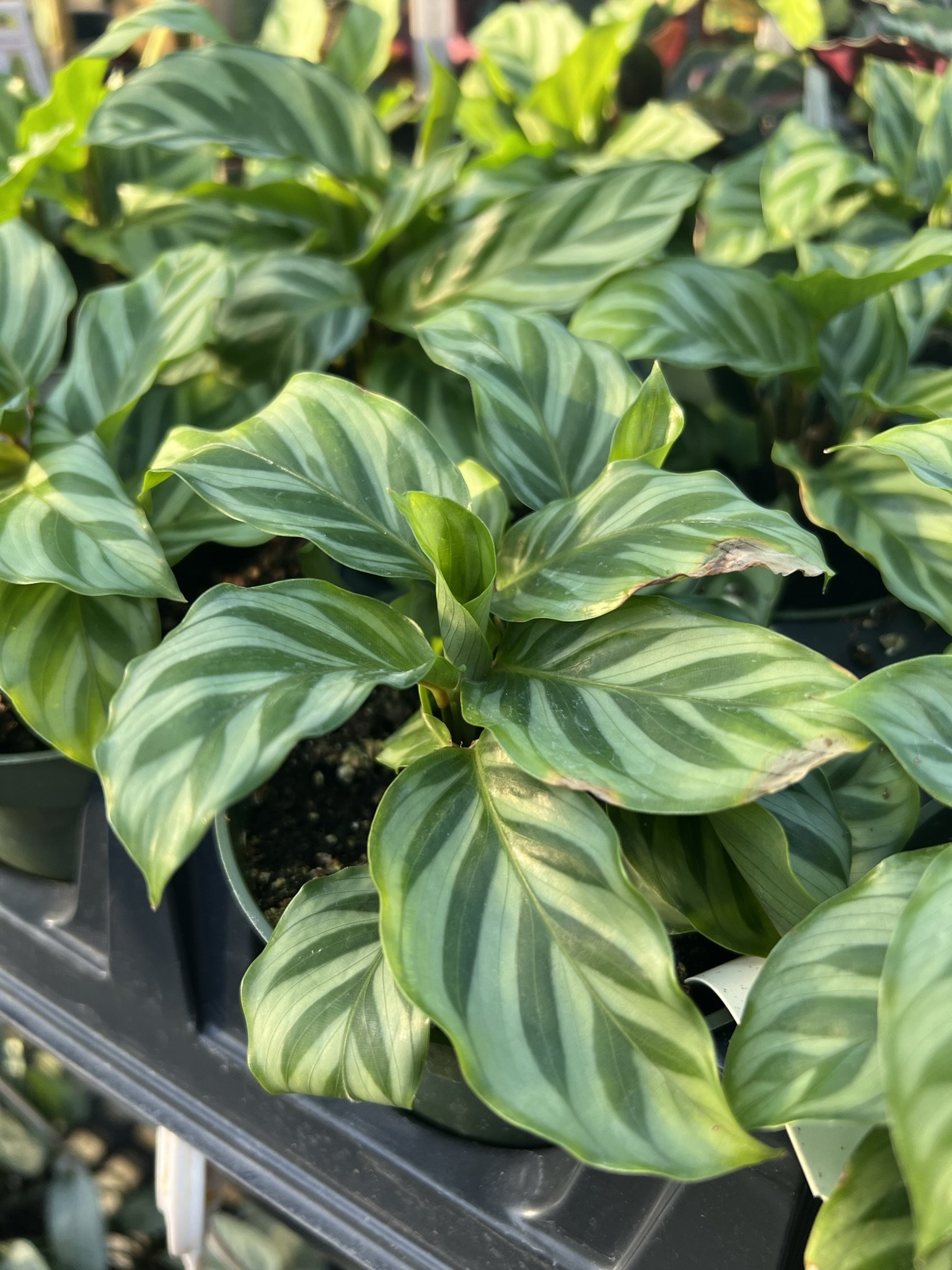
Prepping Indoor Plants for Winter
The beginning of fall is an important time to bring your houseplants inside that were vacationing outside all summer. When night time lows reach 50, it is time to bring them inside.

Pet-Safe Houseplants
We get asked all the time what plants our customers can have indoors that are safe for their animals. Here are a bunch we carry that won’t harm your furry friends!

Plant Profile: Calathea
Calathea (syn. Goeppertia) is a widely available genus of tropical plants suitable for indoor growing with as many as 10 species commonly sold in garden centers and houseplant boutiques

Beating Winter Blues
I love my houseplants all year long yet I especially appreciate their presence in the fall and winter! The majority of my plants spend summer outside in various locations around my yard. I

Winter Houseplant Tips
Winter can be a tough time for your indoor plants. Their favorite spot by the window is suddenly much colder and shorter days provide less light. Some plants can even be forced into

Plant Profile: Rhaphidophora tetrasperma
I’ve found Rhaphidophora tetrasperma to be one of the easiest and most forgiving plants in my personal collection. Propagation is simple- just cut a piece of the vine below a node, place them in water for a few days or so until you see the white roots develop, then plant into moist soil.

Plant Profile: Monstera deliciosa
Monstera deliciosa is known commonly as the split leaf philodendron or swiss cheese plant. This flowering tropical native to southern Mexico can be found growing in the wild

Air Plants to Hang Around With
Watering and draining properly are the most critical care factors. This will vary due to light, heat and humidity of location. Mist 1-2 times a week or soak to maintain a healthy appearance;
